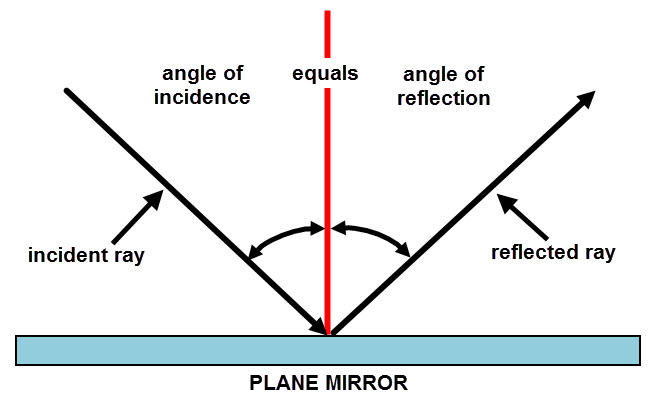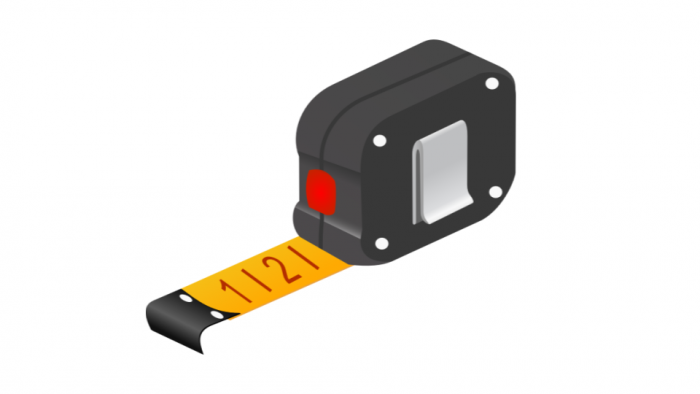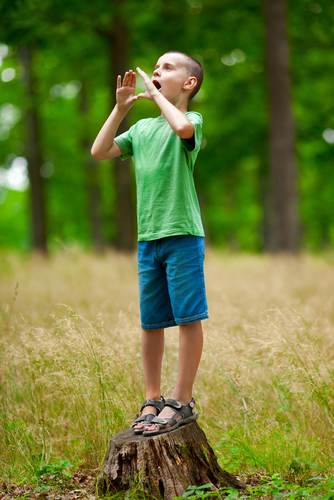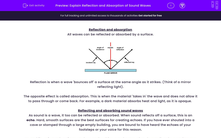Reflection and absorption
All waves can be reflected or absorbed by a surface.

Reflection is when a wave 'bounces off' a surface at the same angle as it strikes. (Think of a mirror reflecting light).
The opposite effect is called absorption. This is when the material 'takes in' the wave and does not allow it to pass through or come back. For example, a dark material absorbs heat and light, as it is opaque.
Reflecting and absorbing sound waves
As sound is a wave, it too can be reflected or absorbed. When sound reflects off a surface, this is an echo. Hard, smooth surfaces are the best surfaces for creating echoes. If you have ever shouted into a cave or stomped through a large empty building, you are bound to have heard the echoes of your footsteps or your voice for this reason.
Meanwhile, soft, rough surfaces are best at absorbing sound waves. They do not allow the sound to pass through or bounce back - instead, they transfer the sound energy into heat energy. One of the reasons that houses contain surfaces such as carpets and wallpaper is to stop all the sounds in the room echoing.
Measuring the speed of sound
You can use echoes to measure the speed of sound.
If you stand a given distance from a hard, smooth surface (e.g. a wall), and make a sound, you can use a stopwatch to time how long it takes to hear the echo after making the sound.
Speed is found by dividing distance by time, so you would work out the total distance the sound has travelled (as it needed to reach the wall and come back to you, this would be the distance to the wall multiplied by 2), and then divide this distance by the time in seconds.


The apparatus needed would be a stopwatch to measure the time, and something to measure the distance, such as a tape measure.
To make the experiment accurate, you would have to use a large distance, as the speed of sound is 330 metres per second. Your time would be very small, and your reaction time in pressing start and stop on the timer would have a greater impact on your result for a smaller measurement of time.

Are you ready to try some questions?








